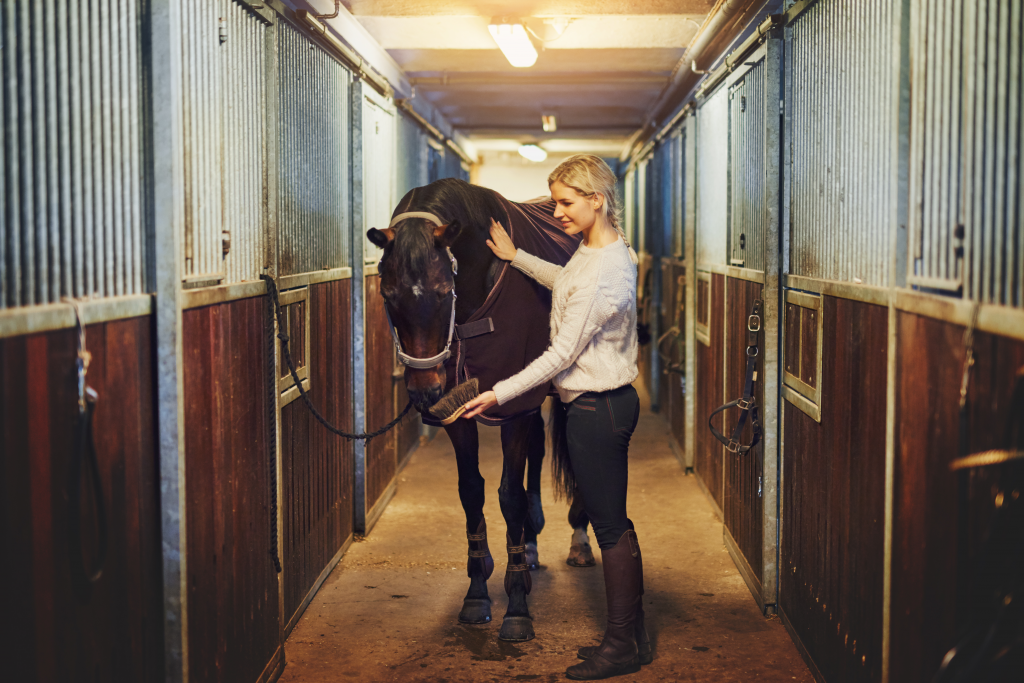By Emily Daigle
Being as majestic as they are, a horse’s presence alone is a gift to us that can benefit our well-being in more ways than one. Therapeutic applications have documented incredible healing powers by horses for many with various types of disabilities and conditions. As equestrians, we can understand how equine therapy has this great power.
The mental discipline and emotional bonding involved can guide children and adults with diverse behavioral, emotional, or addictive difficulties. A growing amount of physical and occupational therapists are turning to horseback riding to quickly and easily heal posture and mobility issues. Horses have the ability to make therapy feel like fun, not a chore.
Therapeutic riding has grown steadily since 1969, when the North American Riding for the Handicapped Association, which now has over 500 centers, was founded. Those with mental and physical disabilities are able to feel in control of a part of their lives while teaching them through the gentle behavior associated with horses. This especially resonates well with kids and teenagers.
Gently controlling a large animal is incredibly uplifting to troubled kids and young adults, which works well for anyone from difficult juveniles to timid autistic children. It gives adolescents something to look forward to rather than want to rebel against when it comes to therapy. Horseback riding helps people simply feel more normal.
Horseback riding can spark confidence and improve coordination in those with physical disabilities. For example, many people with cerebral palsy are advised to try this form of therapy as it exercises muscles that go unused, while relaxing the more rigid ones.
Traditional therapy often is seen as dreading and boring. Horseback riding gives people the opportunity to get outside and experience a connection that nonchalantly evolves their well-being.
As Sir Winston Churchill famously said, “There is something about the outside of a horse that is good for the inside of a man.”

